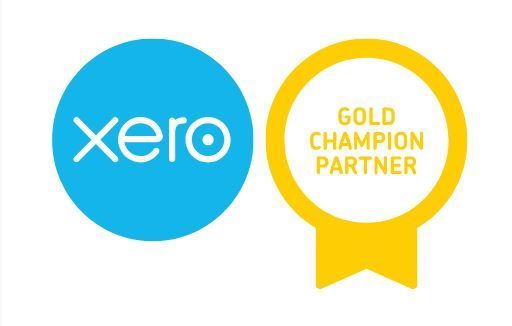Superannuation and Parental Leave: Important Updates for Employers from July 2025
Understanding Parental Leave Pay and the New Superannuation Changes
The Paid Parental Leave (PPL) scheme helps eligible working parents take time off to care for a newborn or newly adopted child.
From 1 July 2025, an important update takes effect — eligible parents will also receive a Paid Parental Leave Superannuation Contribution, helping them keep their retirement savings on track while on leave.
Here’s what employers need to know:
Parental Leave Pay Overview
Parental Leave Pay is funded by the Australian Government and paid to eligible employees while they’re caring for their child. It doesn’t replace or change existing leave entitlements — it’s an additional government support payment.
Employees apply directly to Services Australia for Parental Leave Pay and will arrange their leave with you. If you’re required to provide the payment, Services Australia will contact you and supply the necessary funds.
When Employers Need to Provide Parental Leave Pay
You’ll be required to provide Parental Leave Pay if your employee:
- Has worked for you for at least 12 months before the expected birth or adoption
- Expects to receive a block of at least 8 weeks of Parental Leave Pay within one year of the child’s birth or adoption
- Will be your employee until at least the last day of that block of Parental Leave Pay
- Will return to your employment after their leave ends
- Lives in Australia
The block of Parental Leave Pay must:
- Consist of consecutive weekdays (Monday to Friday) with no breaks
- Not include weekends
- Be the first payment of Parental Leave Pay for that child
- Be paid before the child’s first birthday or adoption anniversary
Services Australia will confirm the payment dates and amounts you’ll need to deliver.
You’ll only be responsible for providing your employee’s first block of Parental Leave Pay. Any subsequent blocks will be paid directly to the employee by Services Australia.
If your employee doesn’t meet all the above criteria, you’re not required to provide the payment — but you can opt in if both parties agree.
Work Test and Eligibility
To qualify, employees must meet the work test, which generally means they’ve worked a minimum number of hours over a 13-month period before the child’s birth or adoption.
There are exceptions if they had to stop work earlier due to circumstances such as pregnancy complications, premature birth, or the loss of a child. In these cases, they may request confirmation from you of their employment details to support their claim.
What You Don’t Need to Do
- You don’t fund the payments — the government provides the money.
- You’re not required to pay superannuation on Parental Leave Pay (though voluntary contributions are optional).
- You won’t deliver Parental Leave Pay for employees who receive certain income-support payments — Services Australia will handle those directly.
- You may only make authorised deductions (such as PAYG withholding, child-support, or garnishee orders) from Parental Leave Pay.
New from 1 July 2025: Superannuation Contributions
From 1 July 2025, the Australian Taxation Office (ATO) will begin paying a Paid Parental Leave Superannuation Contribution (PPLSC) for eligible parents who receive government-funded Parental Leave Pay.
The contribution will:
- Be based on the Superannuation Guarantee rate
- Be paid directly to the employee’s super fund
- Occur after the end of the relevant financial year, with the first payments starting July 2026
Employers don’t need to calculate or process these payments — they’ll be managed entirely by the ATO.
Key Takeaway
The Paid Parental Leave scheme continues to support Australian families — and with the upcoming superannuation contribution, it’s set to provide even greater long-term benefits.
For employers, the main responsibilities are to:
- Provide Parental Leave Pay when notified by Services Australia
- Keep clear communication with employees about their leave arrangements
- Stay informed about the new superannuation changes
If you have questions about how these updates affect your business, our team is here to help.
Contact Asset Accountants & Advisers for advice on employer obligations and payroll compliance.
If you use
Xero, check out their guide on:
👉
How to set up Parental Leave in Xerofor step-by-step instructions on managing these payments in your payroll system.






